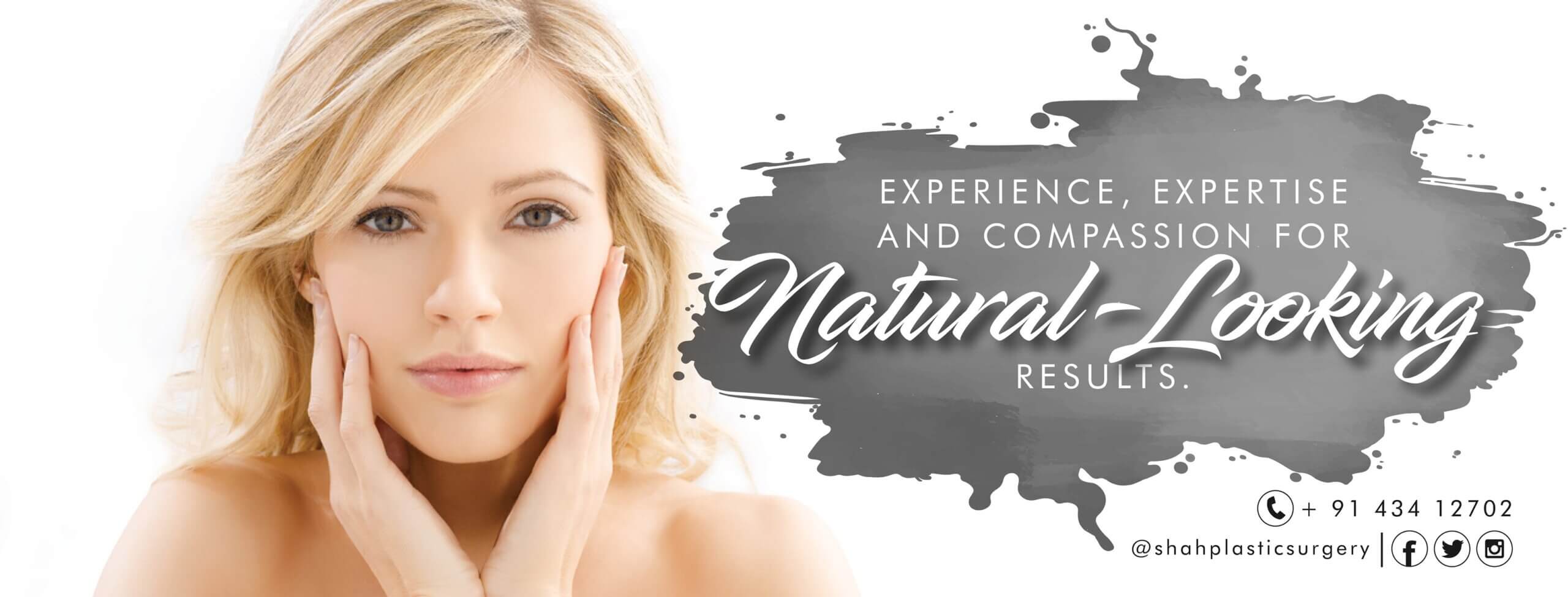BLOGS
Crow’s Feet- Causes and treatments

Crow’s Feet- Causes and treatments
The area around your eyes is among the first to show signs of aging primarily because the skin around this area is very delicate and almost 40 percent thinner than the rest of your face. One of the most common aging concerns many faces is crow’s feet or the fine lines and wrinkles that appear around the area of the eyes. There are, however, several ways of treating this which either help in preventing them from occurring completely or reducing them to a large extent.
What are the causes of Crow’s Feet?
The primary cause of Crow’s feet is the loss of elasticity in your skin and skin movement. With the onset of age, the skin tends to lose elasticity or its stretch, and collagen which gives it its plumpness. The process gets further accelerated by other external factors like sun damage, free radicals, and hormonal changes. Apart from this, all facial movements including the act of blinking can lead to the formation of lines and wrinkles. Another reason as per expert plastic surgeons is that the skin around the eye has very few oil glands which entail that it is prone to dryness which in turn means that your fine lines look further pronounces in this area. Besides this, other natural changes around the face lead to the eye area looking more aged. For instance, when the forehead sags with gravity the brows and eyelids become heavier or when the cheeks start to hollow, deflate, or sag, the under-eye support reduces, and tear-through hollows start showing.Treatments for Crow’s Feet
Botox
Botox or Botulinum toxin helps in smoothening out wrinkles caused by repetitive muscle contraction that occurs when you make facial expressions and works extremely well for crow’s feet. If you are between the age of 30 and 50 years and your wrinkles are just about beginning to develop, this treatment will suit you well as opposed to older adults. Botox is injected directly into the affected areas with the help of a small needle that helps the muscles relax. Botox then helps in keeping the muscles from contracting thus bringing down the chances of wrinkles appearing or getting rid of them completely. If you have dynamic wrinkles, Botox will be particularly effective for you in targeting the muscles around your eyes that are causing the Crow’s feet.Chemical peels
Chemical peels can go a long way in improving the appearance of Crow’s feet and bringing about younger and healthier-looking skin. Your plastic surgeon will do the procedure by applying a chemical solution on your face that will remove the outer layer of old skin and promote new and smooth skin. You can go for one of three types of chemical peels:- Superficial peels
- Medium-depth peels
- Deep peels
Dermal Fillers
Popularly known as soft tissue fillers, dermal fillers are another way of effectively treating Crow’s Feet. These are more effective on Static Crow’s Feet which constantly appears even when your face is at rest. Some types of dermal fillers are:- Radiesse
- Juvederm
- Restylane
- Sculptra
- Belotero
Laser resurfacing
Ablative laser resurfacing is a procedure that involves the removal of the upper layers of the skin bringing about newer and younger-looking skin. This treatment works particularly well for Crow’s Feet because of its nature of work. It heats several layers of the skin leading to the promotion of collagen production. Once your collagen production increases, it can aid in a smoother and more even healing of the skin around your eyes. The procedure involves a laser wand that is focused on the face which may cause some amount of pain. You will thus be given a pain relief medicine beforehand. After the procedure, your face will be kept wrapped in dressing for several weeks for it to completely heal.Final Words
Crow’s Feet is a natural occurrence and is brought about with age, but the good news is that there are several effective ways of treating it. Consult your healthcare provider or an experienced plastic surgeon to know which procedure will best suit your need and skin type.0 Comments
Recent Posts
Recent Comments
Archives
- December 2023
- November 2023
- October 2023
- September 2023
- August 2023
- July 2023
- June 2023
- May 2023
- April 2023
- March 2023
- February 2023
- January 2023
- December 2022
- November 2022
- October 2022
- July 2022
- June 2022
- May 2022
- April 2022
- March 2022
- February 2022
- January 2022
- November 2021
- October 2021
- August 2021
- July 2021
- June 2021
- March 2021
- January 2021
